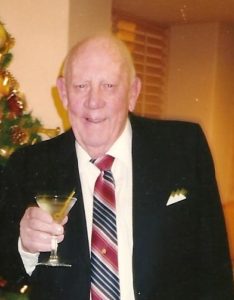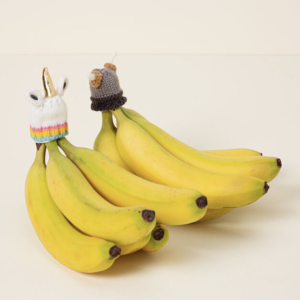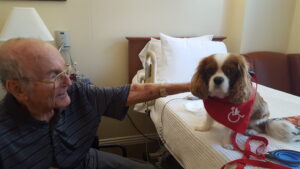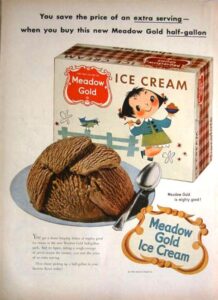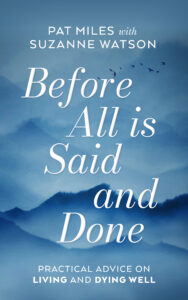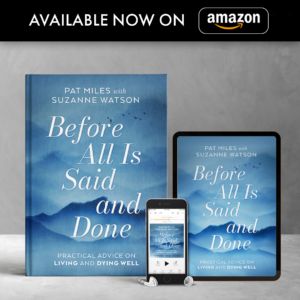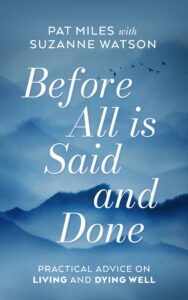Feeling isolated? You’re not alone. Now there is an oxymoron for our times! It seems to me that we’ve been working our way into isolation over the last couple of decades; certainly exacerbated by Covid recently, but largely encouraged, by the convenience of getting most everything we want or need without leaving your home and ironically, through social media, which can be very anti-social and divisive.
Come with me inside an American household at the end of a typical day.
Dick shuts off his computer and takes off his headset, as he completes another day of work . . . remotely, just as an Amazon truck pulls up in front of the house, for the third time this week, as the driver drops off a package at the front door – it’s the cosmetics his wife, Jane, ordered yesterday. Shortly thereafter, the doorbell rings and it’s Door Dash with the meal that was ordered for tonight’s dinner. They sit down and enjoy their meal while watching a Netflix series. After the kids wolf down their food and are not interested in what their parents are watching on TV, they retreat to their separate bedrooms and get on their phones or computers.
Sounds pretty normal right? But what’s missing is fairly obvious – socialization!
Dick working remotely is certainly handy and saves gas and time commuting to and from work, but it eliminates any socialization with work colleagues. Amazon is amazing, but it keeps both Dick and Jane from getting out of the house and mingling with people to shop; ‘window shopping’ has even been replaced by computer ‘scrolling’. Amazon. seems to be on a mission to make most retail stores obsolete – and they’re doing quite well at it. Door Dash and their like, deliver meals or groceries to your doorstep, which keeps the family out of restaurants and grocery stores; while Netflix, and all the other streaming services, keep folks sitting silently in front of their televisions and out of movie theaters, as well as typically eliminating any family interaction or sharing of the ‘events of the day’ while sitting around the dinner table. Today’s kids would much rather be alone with their phones or computers than sitting around the dinner table having a ‘family discussion’ or watching what their parents are watching on TV.
groceries to your doorstep, which keeps the family out of restaurants and grocery stores; while Netflix, and all the other streaming services, keep folks sitting silently in front of their televisions and out of movie theaters, as well as typically eliminating any family interaction or sharing of the ‘events of the day’ while sitting around the dinner table. Today’s kids would much rather be alone with their phones or computers than sitting around the dinner table having a ‘family discussion’ or watching what their parents are watching on TV.
This trend is disturbing to me. Even getting to know people is different; today people don’t learn about each other from meeting and interacting, they learn from social media. It seems that the tools we’ve been given and told would increase connectivity and socialization, have done just the opposite. Yes, we most probably ‘connect’ more, but on a more superficial level; and mostly just to show as many people as possible what a great life we have, because we only post the good stuff! We also believe that there are a lot of people who want to hear our opinion on a particular subject, even though we may not be at all qualified to opine intelligently on that subject. Sites like Facebook and Twitter give us the platform to spew whatever is rattling around in our brains at the time, regardless of how knowledgeable or well-thought out our responses are. Today, everyone has a platform, which on the surface sounds good, but it is a privilege that is egregiously abused.
I think we are on a very slippery social media slope and I certainly don’t have the answers to find purchase thereon, but I hope to make a more conscious effort to choose socialization over social media this year and hope you do as well.
I’ll be right back, after this commercial break . . .
As we all inevitably get deeper and deeper into social media, as they get deeper and deeper into us, we’d like to encourage you to subscribe to our blog (Just click the ‘SUBSCRIBE’ button at the top right of this page and put in your email address. The blog will come directly to your email every Monday). We know many of you have been subscribers for years, and we thank you, but we also know that many of you get and comment on our blogs on Facebook, or other social media. As we get closer and closer to being totally disgusted with social media and ‘drop out’, we want you to still be able to get our blog every week. The cost is reasonable, like free!!!
Back to our programing. Actually, my work is done here – ‘thought for the year’ – more face-to-face, and less Facebook, Facetime and Faceplants!










